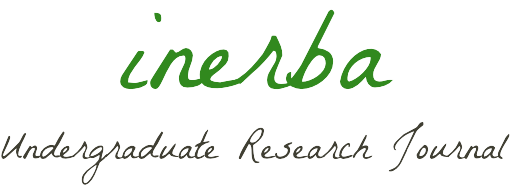The aim of this study is to highlight and briefly analyze the essential role played by metaphors in the German press. In the introduction, emphasis is laid on what metaphors are and on the meanings that they have acquired throughout history (from the Aristotelian era up to our days). The first section provides an analysis of the different text-types in journalism on the basis of their textual functions. Moreover, two different types of articles are compared, along with the so-called “top-heavy-form” or “inverted pyramid” structure. The second section deals with the relation between the use of metaphors and the coining of new words. Subsequently, in the third section, attention is drawn to some of the most significant metaphorical expressions emerging in our corpus (consisting in ten newspaper articles from FAZ.NET, a well-known German newspaper), together with their ability to build up “isotopic chains”, which give cohesion and coherence to a text. The last section of this study is a reflection on the power of metaphors to influence readers and present a certain event from positive or negative perspectives.…
